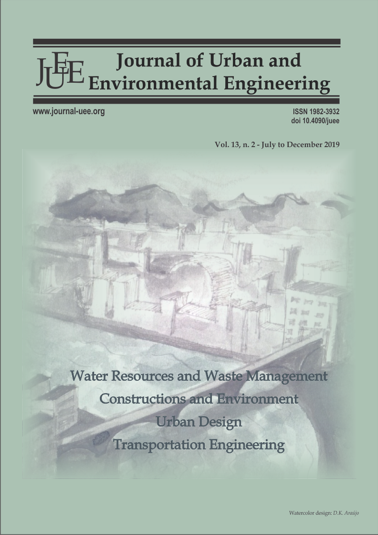ADSORPTION KINETICS, ISOTHERMS, THERMODYNAMICS STUDIES ON THE REMOVAL OF CONGO RED DYE USING ANNONA SQUAMOSA (CUSTARD APPLE) PEEL
DOI:
https://doi.org/10.4090/juee.2019.v13n2.228-234Keywords:
Adsorption, Congo red dye, Annona squamosa, Kinetics, IsothermsAbstract
The present study evaluates the feasibility of an adsorbent prepared from Annona squamosa (custard apple) peel, in removing Congo red dye from its aqueous solution. Batch experiments were carried out to study the effect of various parameters like pH (2-8), adsorbent dose (0.005-0.5 g/100mL), contact time (5-120 min), initial dye concentration (25-200 mg/L) and temperature (298-308 K) to determine its effectiveness as an adsorbent. Maximum dye removal attained at pH 2, adsorbent dose 0.1 g/100mL in equilibrium time of 45 min at 308K. Adsorption kinetics using pseudo-first order and pseudo-second order models, and adsorption isotherm using Langmuir and Freundlich models were studied. The adsorption process was found to follow pseudo-second order kinetic model and more favourably described the Langmuir isotherm model. The Gibbs free energy was found to be negative, signifying the spontaneous nature of the adsorption process. Removal of Congo red dye from its aqueous solution by custard apple peel was found to be an endothermic process. The results of the present study suggest that custard apple can be effectively used as an adsorbent to remove Congo red dye from aqueous solution.Downloads
Download data is not yet available.
Downloads
Published
2019-10-05
Issue
Section
Articles




